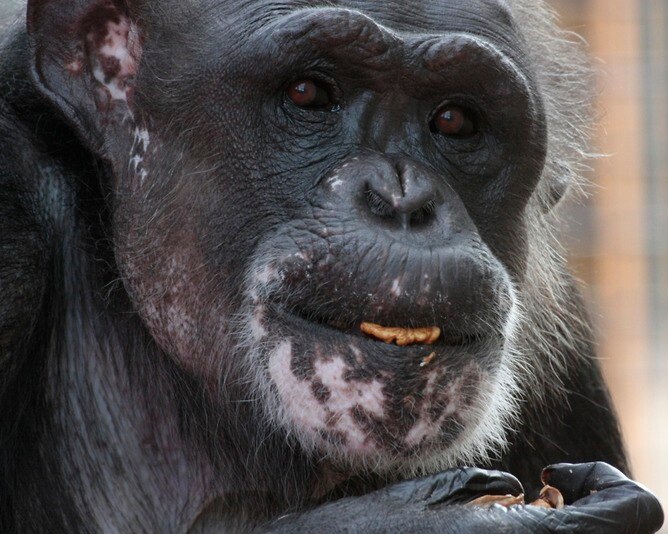

We know there are so many amazing people who wish to visit in person, and we're sorry that we simply cannot accommodate everyone.īecause not everyone will be able to visit the sanctuary, we go above and beyond by share the lives of the chimpanzees (and the cattle sometimes too!) through stories, photos, and videos every single day on the blog.
CHIMPANZEE SANCTUARY NORTHWEST REGISTRATION
We emailed a private online registration form to donors in early June who had made a $100 or more donation in the past 18 months, and the small number of summer visit days filled up immediately. Not so great news if you are reading this now - all visit days are currently full. Great news! We will be resuming our small visitor program this summer (2023). However, we do want to provide a chance for current donors, for a small registration fee, to come see the sanctuary they support in person, while respecting the limits of our small staff and commitment to not disrupting the lives of the chimpanzees in a negative way. Research projects which inconvenienced the chimpanzees in any way were not permitted therefore, research was mostly observational.Chimpanzee Sanctuary Northwest is NOT open to the public and, as a sanctuary with a focus on the direct care of the sanctuary residents, we do not wish to be "open" on a regular basis. When it housed the chimpanzees, many volunteered as docents or assistants within the center while others conducted research on primate behavior. For safety reasons, no one-visitors or staff-had physical contact with the chimpanzees.ĬHCI provides research opportunities for both undergraduates and graduates. The sanctuary hosted public sessions, Chimposiums, which allowed the public to see the chimpanzees in action. More than twenty years later, on August 28, 2013, the last two remaining chimpanzees moved out of the CHCI.ĬHCI promotes advocacy of chimpanzee conservation and the promotion of primate intellect. Roger Fouts and Deborah Fouts with their students advocated for, and lobbied the campus and the state legislature for a specialized facility, and the CHCI complex was opened on May 7, 1993.

The chimpanzees were originally housed on the third floor of the university's psychology complex. In September 1980, Washoe, Loulis, and Moja moved to Central Washington University. Loulis and Tatu, the remaining two chimpanzees in the center after the natural death of Washoe and Dar, moved to the Fauna Foundation in Quebec in late August 2013, where they will be integrated into an existing group of eleven chimpanzees. The complete research was not published in a peer-reviewed journal, but can be found in the 1989 book Teaching Sign Language to Chimpanzees edited by Allen and Beatrix Gardner. Loulis is Washoe's adopted son and was the subject of a project that examined whether he would learn sign language from other chimpanzees. Washoe was the first non-human primate to learn some rudimentary forms of ASL, a true human language. Portions of the specialized structures used to house the chimps were dismantled and moved to the Chimpanzee Sanctuary Northwest in Cle Elum, for future use.

The institute was closed in 2013 when the remaining chimpanzees were transferred to facilities in Quebec, Canada and the building the facility was housed in, was demolished in 2018. It was founded by former co-directors Roger Fouts and Deborah Fouts. CHCI included a sanctuary for chimpanzees who have learned to communicate with humans and each other using American Sign Language. We used focal-animal and instantaneous scan sampling to collect 106.75 total hours of associative, affiliative, and agonistic data from June to September 2016. The Chimpanzee and Human Communication Institute ( CHCI) was located on the campus of Central Washington University in Ellensburg, Washington. In this study, we investigated the dyadic social relationships, group-level social networks, and dominance hierarchy of seven chimpanzees (Pan troglodytes) at Chimpanzee Sanctuary Northwest. Former research institute in Ellensburg, Washington


 0 kommentar(er)
0 kommentar(er)
